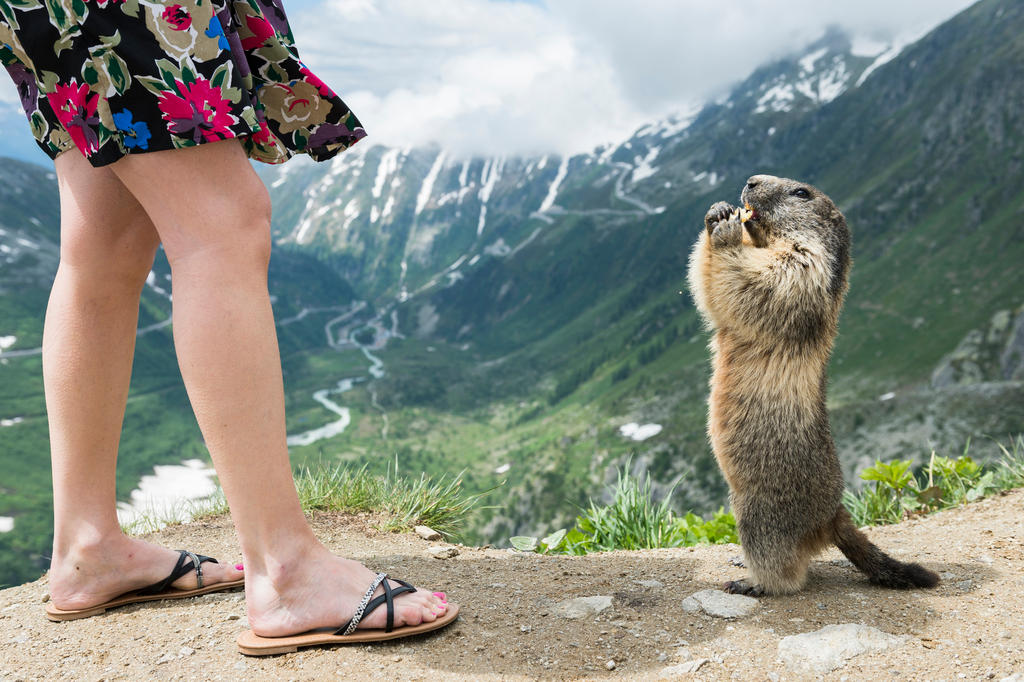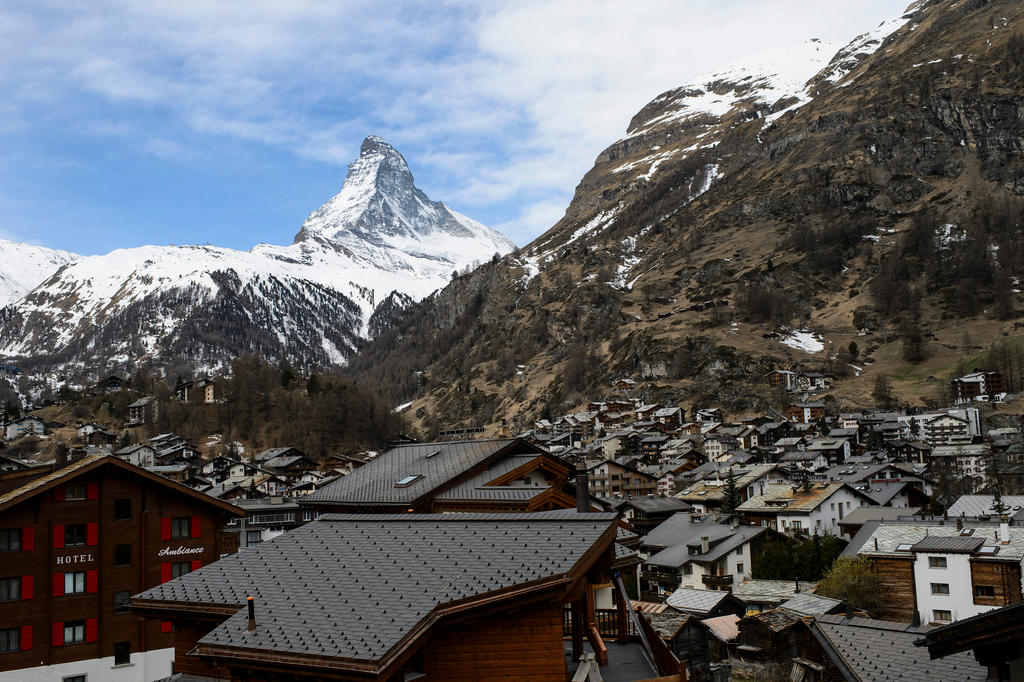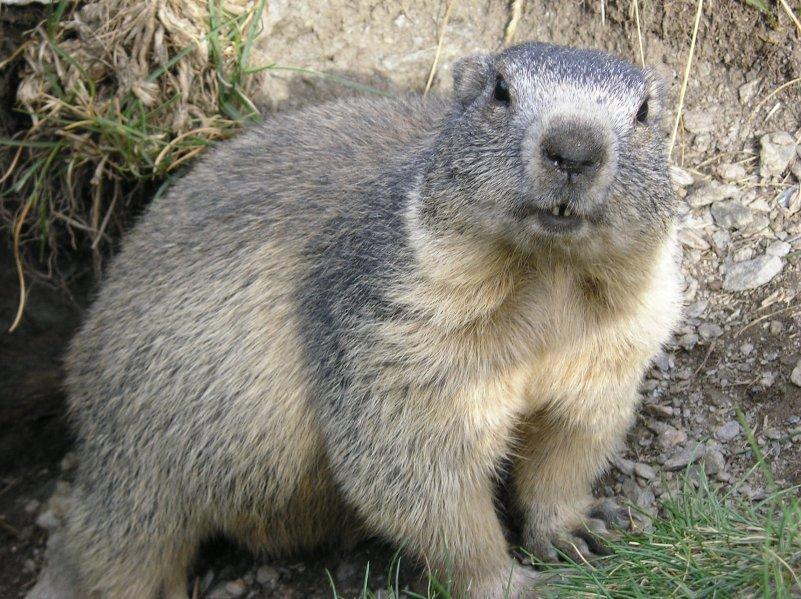
Marmots invade Matterhorn area

“So sweet!”, coo the tourists. “Shoot them,” say the authorities in Zermatt, where marmots have become a plague. The furry rodents are causing damage to meadows and houses.
Visitors to the Matterhorn region love the animals and their warning whistles. In Zermatt, there is even a marmot trail, and every kiosk sells postcards featuring the pudgy critters.
But these prized photo subjects are less popular with some of the locals. Normally, marmots live several hundred metres above the tree line. However, many have been making their burrows down in the village of Zermatt, damaging farmers’ fields. And that’s not all.
“If someone leaves a balcony door open, marmots sneak into the house. They also dig beneath retaining walls,” Romy Biner-Hauser, Zermatt’s mayor, told Swiss Public Radio, SRF. “Now we have to do something; it can’t go on like this.”

Danger to animals and humans
The reason for the unusual behaviour seems to be overpopulation.
“Probably one reason for this is that they aren’t hunted much,” suggested Peter Scheibler, head of the Hunting, Fishing and Wildlife Department of canton Valais. In addition, marmots are “optimally protected in areas where humans live, because predators don’t approach them there”.
Farmers in Zermatt are particularly hard hit by the influx of marmots. Shepherd and organic farmer Paul Julen can no longer use one of his fields because of all the marmot holes.
“The risk of accidents is very high when there are so many marmot holes in a meadow,” he said, remarking that he almost lost two newborn lambs that had fallen into a marmot burrow.
Permission to shoot
Canton Valais has now decided to it’s time to regulate the population, as is done with other animals like deer, chamois and foxes.
“So far, the gamekeeper in Zermatt has shot several dozen marmots,” said Scheibler.
Many tourists are upset about the marmots being hunted.
“I think it’s a pity that you have to kill such cute animals. I don’t agree,” said an American tourist interviewed by SRF. And an Englishwoman added: “They are animals that should be left alone.”
Zermatt Tourism Director Daniel Luggen understands the concerns of the tourists as well as the concerns of the farmers. “It’s a conflict between agriculture and tourism,” he said.
However, these controlled killings by the gamekeeper are not enough to regulate overpopulations of marmots. For this reason, the wildlife authorities are preparing a set of rules allowing hunters – in some areas – to shoot marmots even outside of the hunting season.
In any case, a natural solution will solve Zermatt’s problem – at least until spring. In the next weeks, the marmots will withdraw into their burrows for their winter hibernation.

More
Cute rodent appears on postcards and plates

In compliance with the JTI standards
More: SWI swissinfo.ch certified by the Journalism Trust Initiative

























You can find an overview of ongoing debates with our journalists here . Please join us!
If you want to start a conversation about a topic raised in this article or want to report factual errors, email us at english@swissinfo.ch.